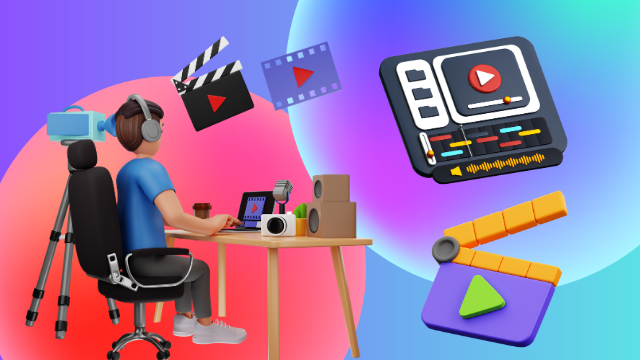In this course, you will learn to:
- Classify the basic tools and techniques used in animation and VFX production
- Define the roles of animation and VFX in various industries
- Identify the selection, drawing, and scaling tools in Adobe Photoshop and Illustrator
- Organize workflows for working with layers, blend modes, and masks
- Reorganize different tools and techniques for creating and modifying digital art
- Summarize the steps involved in photo restoration projects
- Compare the features and applications of raster and vector graphics
- Report on the ethical considerations in character design and copyright protection
- Categorize different types of animation and VFX styles used in creative industries
- Diagnose issues in digital compositions and suggest solutions for improvement
- Operate advanced tools like the Perspective Grid Tool and the Mesh Tool
- Find innovative ways to create compelling characters and visual storytelling elements
- Predict future trends in animation, VFX, and digital compositing techniques
